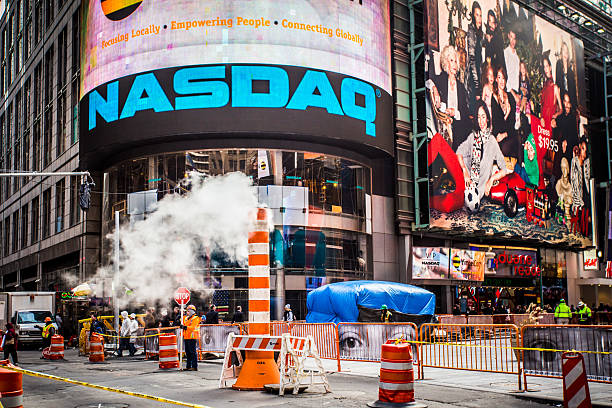To get the world up and running again, cultural institutions and urban planners are reimagining spaces that take advantage of nature.
Culture unbound
Kings Cross, London, saw the opening at the end of July of the first exhibition of The Outside Art Project’s permanent outdoor gallery, “Games We Play.” The 26-acre area is comprised of 15 mobile displays showcasing the work of visual artists and photographers. There are benches and seating throughout. They plan to work with cultural institutions across the UK to host rotating exhibitions and events.
New York is also launching a similar initiative to encourage people to get back into art in a safe environment. ‘All in NYC Public Art Edition,’ created by NYC & Company, is a list that includes outdoor exhibitions and displays of public art throughout the five boroughs. Thirty art institutions are involved in phase 1 of the project. The Stavros Niarchos Foundation Library of the Public Library in New York, which reopened in mid-July following three years of renovation, also prioritizes open-air spaces. This new design features a rooftop public space that is free and open to the public. It’s the first of its kind in the city.
Urban terrains
Urban plans will also be given a facelift that is more air-friendly. San Francisco’s Economic Recovery Task Force introduced a program that allows businesses to operate on portions of outdoor public space. This will enable restaurants and shops to expand on sidewalks and squares as long as they leave the streets free for people to move. Berlin’s nightlife, which was once vibrant and thriving, is now turning to the public space for revitalization. Local authorities are reportedly exploring the idea of turning the city’s outdoor spaces into open-air venues that clubs and bars can rent.
Arup, an engineering firm in Liverpool, is helping restaurants reopen with its program Liverpool Without Walls. The program was designed in collaboration with Meristem Design and the City Council. It is based on adaptable modular units that can be slotted into place to create new seating areas for public space. Arup’s ‘hybrid’ street furniture units feature Perspex screens and plants in the middle to maintain a proper distance between people.
In May, the Italian Studio Stefano Boeri and SON-Group teamed up to create a new urban design for a COVID-resilient district of living in Albania. The plan envisions a space large enough to accommodate 12,000 people near the Tirana River. The walkable neighborhood prioritizes outdoor activities and exercise and has extensive roof gardens as well as smart technologies that help to prevent COVID-19 from spreading.
Open-air education
Schools and colleges around the globe are looking for new ways to teach outside. Curl la Tourelle Head, a London-based architecture firm, has designed tents for outdoor teaching. This idea involves a series of pop-up tents as well as portable restrooms and marquees that are arranged according to the social distance rule of two meters. Georgetown College campus has chosen a similar approach by creating open-air learning spaces that encourage outdoor learning.
One school in Kashmir is taking its students out of the campus and into nature. The class walks through forests and waterways to reach their new classroom, a green space under the Himalayas. This is part of a Doodpathri School’s effort to bring children back into the classroom after being in lockdown for months.
The world is a long way from what we used to call “normal.” Adaptations like these show how design and creativity play a vital role in getting economies and businesses back on track. They also point towards a future that places safety and outdoor spaces at the forefront.


